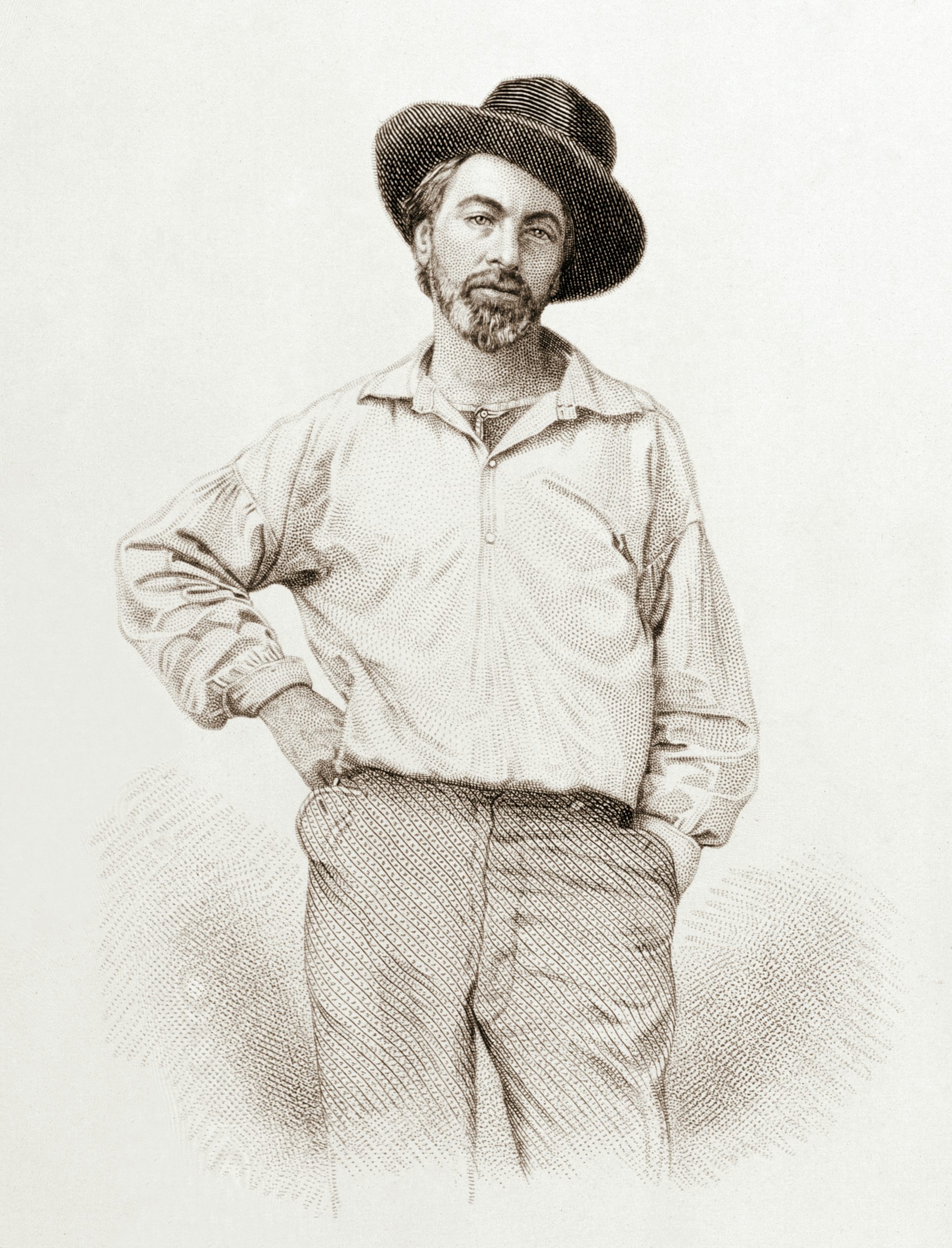

"Crossing Brooklyn Ferry" is, perhaps, Whitman's best example of the way humanity is connected through a common spiritual unity. Whitman also upholds the collectivity of the nation. The speaker is both the individual and the microcosm of society - he contains multitudes. This duality, for Whitman, is mystical and mysterious.

It is both physical and spiritual and Whitman attempts to reconcile these differences. But the self, inconsistent on its own, must also battle with the needs of society. Whitman sings odes to the individual, and lifts up self-discovery as the highest ideal of the individual. The reason, he says, is that "I contain multitudes." Whitman's work embodies two ideals which seem to oppose each other: the first is his notion of the self, the second is his idea of the tribal, or collective, spirit of America. He acknowledges that he contradicts himself. In "Song of Myself," Whitman admits that his poetry is inconsistent.

It was an attempt to encapsulate an American spirit that crossed a vast landscape and was common to all people in the nation.

As the country traveled West, so did Whitman's poetry. America was a wilderness, and Whitman sought to celebrate what was wild and what was natural about the land and the people that inhabited it. During Whitman's lifetime, the United State grew from 22 states to 44 and acquired most of the territories that would later become the remaining six states. This mirrored the American landscape of the nineteenth century. Whitman's poetry idealized traveling, searching, and exploring. It relied not on tradition but on innovation. Whitman's poetry, like America's politics, broke the established form and structure. He recognized that America undertook a unique democratic experiment, one which was not at all certain to succeed. Whitman's poetry is significant because it is an artistic embodiment of the ideals of democracy, freedom, and revolution the ideals on which the United States was founded and for which it fought during the Civil War. Whitman's "Song of Myself" is the best example of this element of the work, as the poet attempts to relate the body to the soul, and the physical world to the spiritual. Whitman's work has been grouped with these earlier Romantics since he sought to use natural imagery such as the sea, the road, or personified animals to signify spiritual dimensions of the self and of the world. The American Romantics used symbols of the external world ("nature") as representative of of an invisible inner reality. Whitman built upon the Romantic and Transcendentalist traditions of writers such as Emerson, Thoreau, Hawthorne, Melville, and Dickinson. The nineteenth century saw the rise of American Romanticism in poetry and art.


 0 kommentar(er)
0 kommentar(er)
